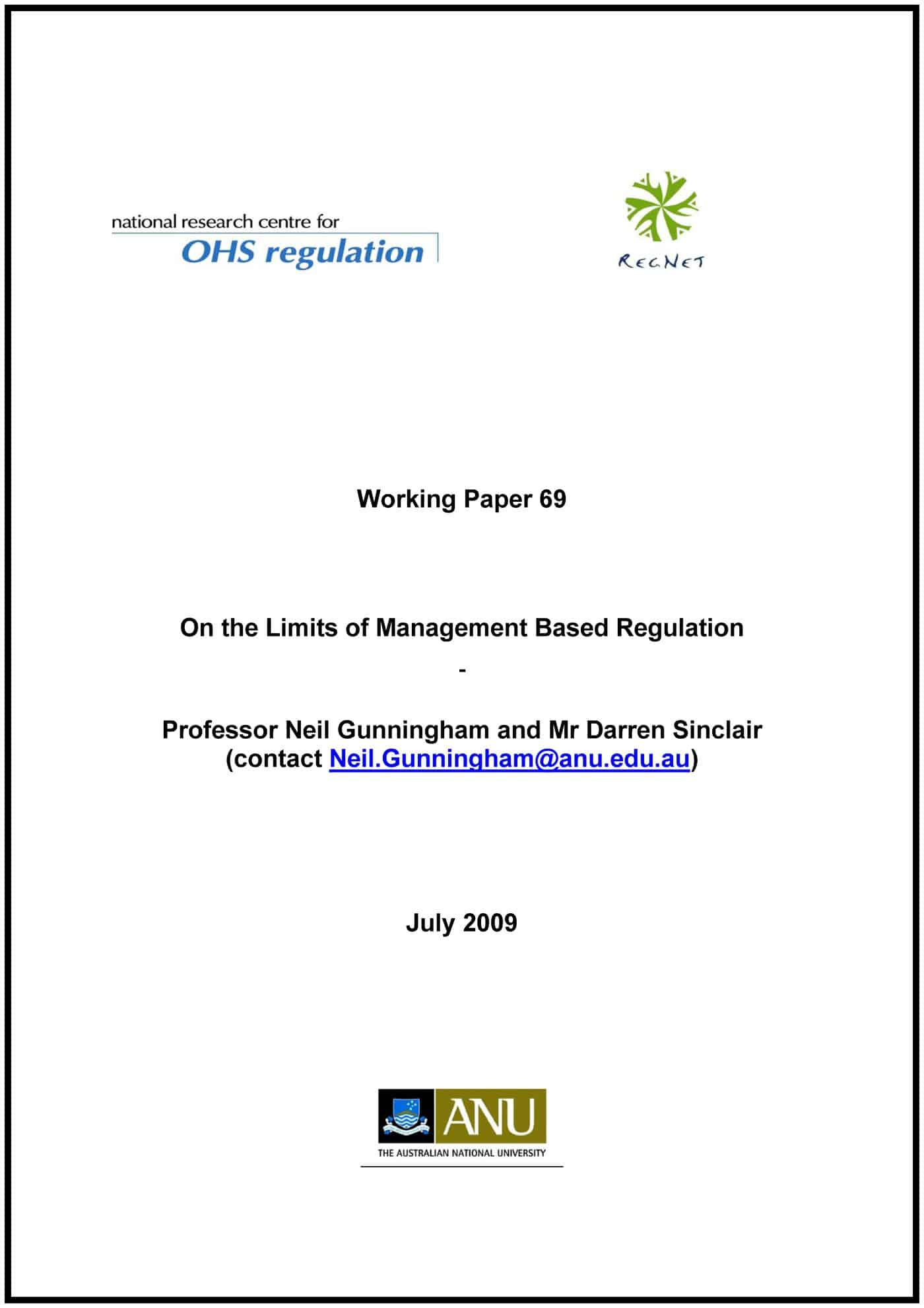As part of the Australian government’s program of national OHS harmonisation, Safe Work Australia has released “Proposed revisions to the workplace chemicals regulatory framework“. This has been a long time coming.
This is not yet open for public comment but is a great indication of what Australian workplaces that handle chemicals may be in for. Not being experts in dangerous goods, SafetyAtWorkBlog will let the document speak for itself.
“This National Standard marks a significant change in the approach to the classification and communication of chemical hazards in the workplace. The National Standard adopts the principles of the Globally Harmonised System of Classification and Labelling of Chemicals (GHS) published by the United Nations. The adoption of the GHS in the workplace chemicals framework serves two important purposes:
- it represents best practice in the classification of chemicals and the communication of hazards using a standardised approach that will allow harmonisation amongst international trading partners; and
- it allows the promulgation of a streamlined framework for identifying, assessing and controlling chemical hazards in the workplace, where hazards may be related to health or physical effects.
The previous national framework for managing chemical hazards in the workplace was based on a distinction between hazardous substances and dangerous goods. Hazardous substances were associated with human health effects (for example acute toxicity or carcinogenicity) and dangerous goods were predominantly associated with physical effects (for example corrosivity, flammability). In many cases, a single chemical would be classified as both a dangerous goods and a hazardous substance, triggering the need to comply with two distinct regulatory frameworks.
This National Standard provides a consolidated basis for the control of health hazards and physical hazards arising from the presence of chemicals in the workplace. In this framework chemical substances, mixtures and articles can be classified as “hazardous chemicals”― a term that includes both health hazards and physical hazards.”
From a brief look, it is noted that MSDS loses a letter to become SDS, Safety Data Sheets. The principal reference codes and guidelines such as those below are now being reviewed and the public comment period began on 31 July 2009.
- Approved Criteria for Classifying Hazardous Chemicals.
- National Code of Practice for the Labelling of Workplace Hazardous Chemicals
- National Code of Practice for the Preparation of Safety Data Sheets
- National Standard for the Synthetic Mineral Fibres
- National Standard for the Control of Inorganic Lead at Work
Because Australia will follow the guidelines of the Globally Harmonised System of Classification and Labelling of Chemicals, the issue of environmental impact of work-related chemicals will also become relevant. The proposal says
“A full implementation of the GHS would require the provision of appropriate information on labels and safety data sheets (SDS) where a chemical is classified as an environmental hazard.”
All of this sounds like a big shake-up for many Australian businesses and safety advisers but there is still time for the government and Safe Work Australia to provide enough information to minimise its impact. The release of the proposed revisions prior to public comment is a positive sign.


